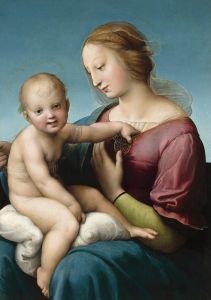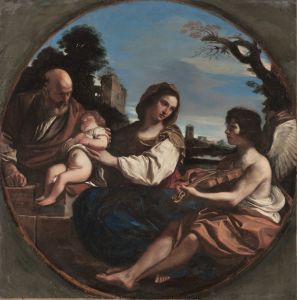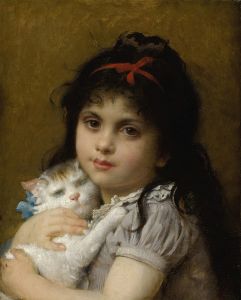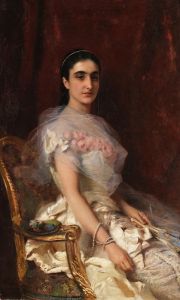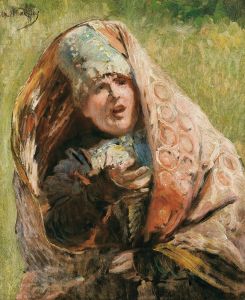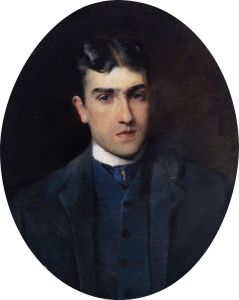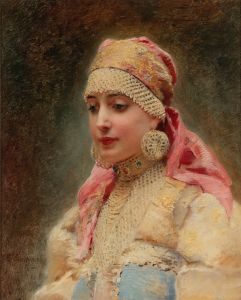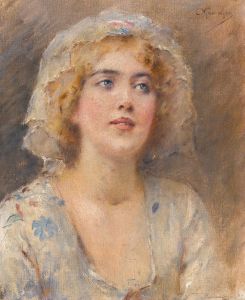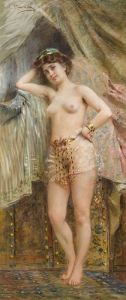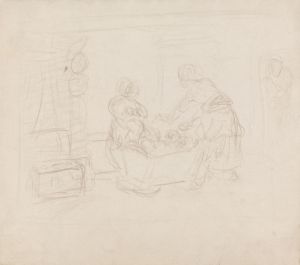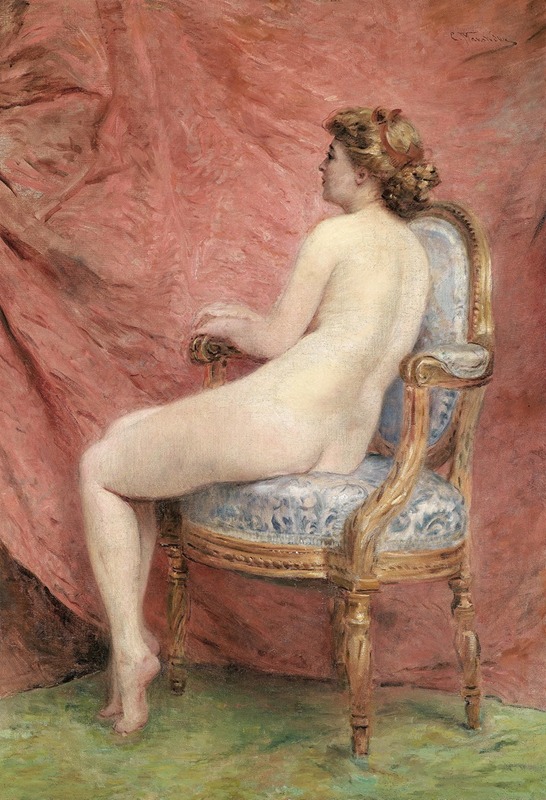
Sweet Thoughts
A hand-painted replica of Konstantin Egorovich Makovsky’s masterpiece Sweet Thoughts, meticulously crafted by professional artists to capture the true essence of the original. Each piece is created with museum-quality canvas and rare mineral pigments, carefully painted by experienced artists with delicate brushstrokes and rich, layered colors to perfectly recreate the texture of the original artwork. Unlike machine-printed reproductions, this hand-painted version brings the painting to life, infused with the artist’s emotions and skill in every stroke. Whether for personal collection or home decoration, it instantly elevates the artistic atmosphere of any space.
Konstantin Egorovich Makovsky was a prominent Russian painter, known for his involvement in the Peredvizhniki movement, which sought to bring art to the people by organizing traveling exhibitions across Russia. Makovsky was born on June 20, 1839, in Moscow, into a family with a strong artistic background. His father, Egor Ivanovich Makovsky, was an amateur artist and the founder of the Moscow School of Painting, Sculpture, and Architecture, where Konstantin later studied.
Makovsky's works are characterized by their vibrant colors, attention to detail, and often romanticized depictions of Russian life and history. He gained significant recognition for his historical paintings, genre scenes, and portraits, which often featured members of the Russian aristocracy and bourgeoisie. His style was influenced by both academic art and the more liberal, realistic approach of the Peredvizhniki.
"Sweet Thoughts" is one of Makovsky's lesser-known works, and there is limited information available about this specific painting. However, it is consistent with Makovsky's broader oeuvre, which often depicted scenes of everyday life imbued with a sense of warmth and intimacy. His paintings frequently captured moments of leisure and contemplation, often featuring women in elegant settings, which was a popular theme in 19th-century Russian art.
Makovsky's ability to capture the nuances of light and texture, along with his skillful use of color, made his paintings particularly appealing. His works often exuded a sense of opulence and were appreciated for their aesthetic beauty as well as their technical proficiency. This approach resonated with the tastes of the Russian elite, who were among his primary patrons.
Throughout his career, Makovsky received numerous accolades and was a member of several prestigious art institutions. He participated in international exhibitions, including the World's Fairs in Paris, where he won medals for his contributions. Despite his success, Makovsky's work was sometimes criticized for its perceived lack of social commentary, especially compared to other members of the Peredvizhniki, who often focused on the struggles of the lower classes.
In the context of Russian art history, Makovsky is remembered as a master of genre painting and portraiture, whose works provide a window into the cultural and social milieu of 19th-century Russia. His paintings continue to be celebrated for their beauty and craftsmanship, and they remain an important part of Russian cultural heritage.
While specific details about "Sweet Thoughts" are scarce, it can be appreciated within the broader context of Makovsky's artistic legacy. His ability to convey emotion and create visually captivating compositions ensures that his work remains relevant and admired by art enthusiasts and historians alike.





